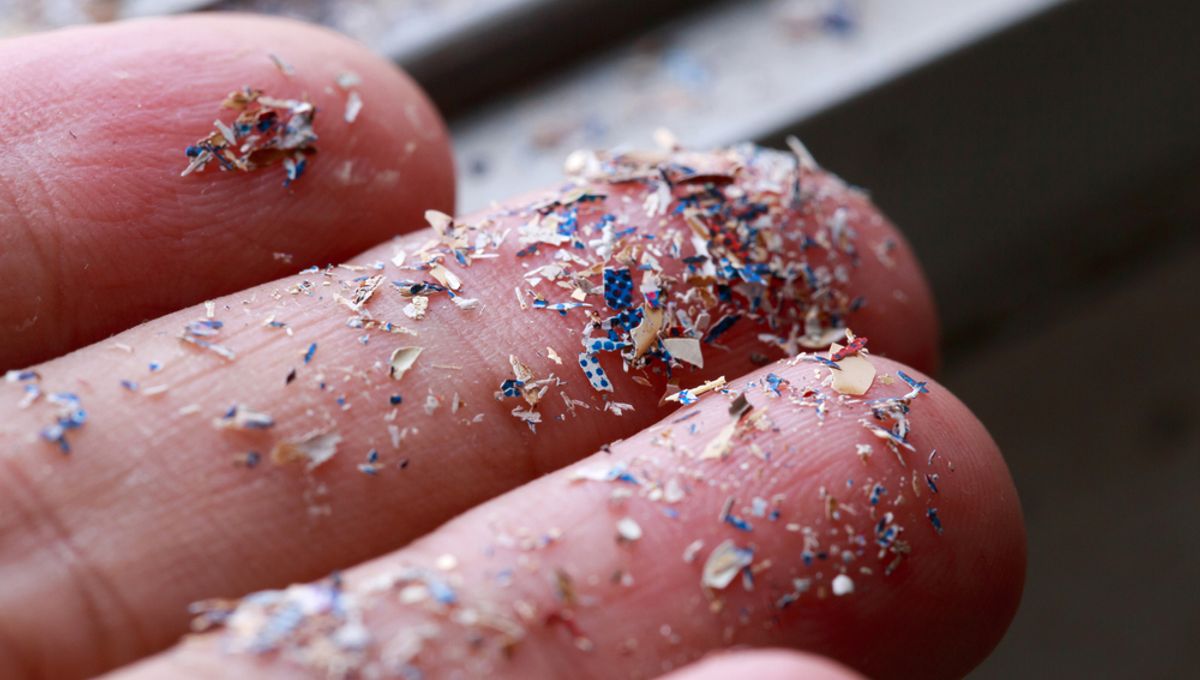
Microplastics can cross the blood-brain barrier and enter the brain after being ingested, a new study on mice reveals. The brains of mice fed micro- and nano-plastics (MNPs) were found to contain them just two hours after ingestion via a mechanism previously unknown to science, suggesting that the tiny plastics found almost everywhere could be even more worrying than previously thought.
Once there, the researchers believe the MNPs could increase the risk of an array of serious diseases. “In the brain, plastic particles could increase the risk of inflammation, neurological disorders or even neurodegenerative diseases such as Alzheimer’s or Parkinson’s,” said Lukas Kenner, one of the lead researchers of the study, in a statement.
Microplastics are everywhere. A sad reality of the use of plastics in almost every single aspect of daily life, microplastics and nanoplastics are being found in animals across the globe and have even been discovered in the human placenta, indicating that there may be nowhere left to hide from them.
Such particles can enter the human body through drinking water from plastic bottles and food packaging, and it is estimated that 90,000 plastic particles can enter a single human drinking bottled water each year.
Since their discovery, MNPs have become a growing health concern and have been implicated in a number of diseases. While previous research has shown how MNPs can move around the body, it was unclear whether they could gain access to the brain, with many foreign pathogens and particles failing to cross the blood-brain barrier.
To that end, researchers used mouse models to observe how polystyrene MNPs of various sizes move throughout the body and how they could invade the brain, if at all. Taking six mice, the researchers administered the particles orally to three of them and then euthanized them two to four hours later, allowing them to take samples of the brain to test for MNPs.
The team discovered that the smaller MNPs had crossed the blood-brain barrier and were present in the brain after just two hours. Some of the larger particles introduced into the mice didn’t make it through the barrier, indicating the particles were being aided by their tiny size – but the researchers wanted to look deeper into how exactly they were sneaking in.
Using computer simulations, the team identified a passive transport mechanism into the brain that is helped by cholesterol molecules on the membrane surface, mapping a brand new MNP transport mechanism.
The team now hopes their new transport model can help improve our understanding of MNPs and their implications on health for future research.
“To minimise the potential harm of micro- and nanoplastic particles to humans and the environment, it is crucial to limit exposure and restrict their use while further research is carried out into the effects of MNPs,” Kenner explained.
The research is published in the journal Nanomaterials.
Source Link: Microplastics Detected Entering The Brain Just 2 Hours After Ingestion